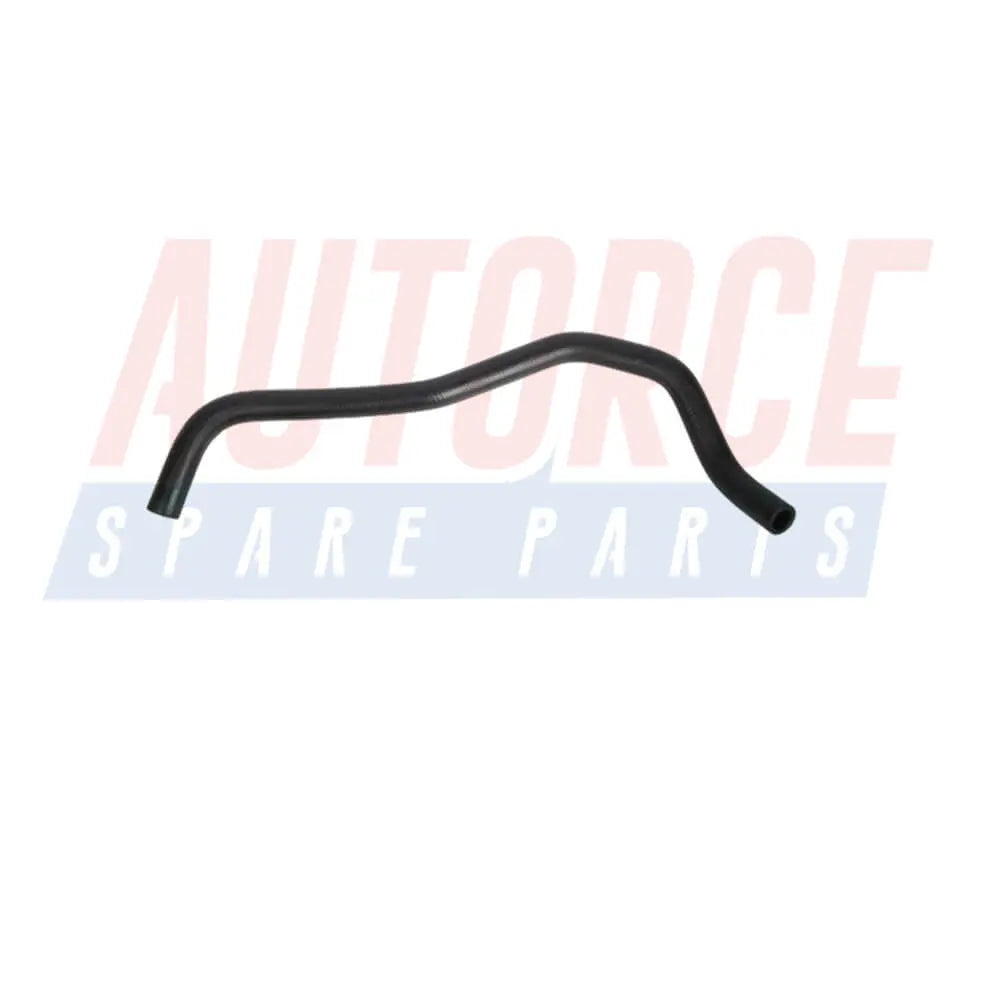Suspension Components
1 product
Showing 1 - 1 of 1 product
Enhancing Safety and Performance: A Comprehensive Guide to Suspension Components for Cars
The suspension system in a car plays a critical role in providing a smooth and comfortable ride, as well as ensuring optimal handling and safety. It is responsible for absorbing shocks from the road, maintaining tire contact with the surface, and minimizing body roll during turns. Understanding the various suspension components and their functions is essential for car enthusiasts and everyday drivers alike. In this article, we will explore the key suspension components that contribute to a car's performance and safety.Springs:
Springs are fundamental components of the suspension system, responsible for absorbing shocks and vibrations from uneven road surfaces. There are two primary types of springs used in modern cars:a. Coil Springs: These are the most common type of springs found in most vehicles. They are made of steel and provide a balance between comfort and performance. Coil springs compress and extend to accommodate variations in road conditions.
b. Leaf Springs: Usually found in trucks and some older vehicles, leaf springs consist of multiple layers of metal strips mounted together. They offer excellent load-carrying capabilities and durability.
Shock Absorbers (Dampers):
Shock absorbers, commonly known as dampers, work in conjunction with springs to control the oscillations caused by road imperfections. They help maintain tire contact with the road and prevent excessive bouncing. Shock absorbers use hydraulic fluid to dampen the motion of the springs, providing a smoother ride and improving overall stability.Struts:
Struts are an integral part of a car's suspension system and are often used in the front suspension. They combine the functions of a spring and a shock absorber in a single unit. Struts not only support the weight of the vehicle but also control the movement of the wheels. They are essential for maintaining proper alignment and steering responsiveness.Control Arms:
Control arms (also known as A-arms) connect the suspension components to the vehicle's chassis. They are crucial for controlling the wheel's movement and play a significant role in maintaining wheel alignment and stability during cornering.Sway Bars (Stabilizer Bars):
Sway bars are designed to reduce body roll during cornering by connecting the suspension components on opposite sides of the vehicle. When the car turns, weight transfers to the outer wheels, causing body roll. Sway bars counteract this effect, improving handling and stability.Bushings:
Bushings are small components made of rubber or polyurethane that sit between various suspension parts to reduce friction and absorb vibrations. They play a vital role in isolating the vehicle's cabin from road noise and harshness while enhancing ride comfort.Control Arm Ball Joints:
Control arm ball joints connect the control arms to the steering knuckle or spindle. They allow for smooth movement of the suspension while enabling the wheels to pivot during turns. Regular inspection and maintenance of ball joints are crucial for safe driving and preventing premature tire wear.A well-maintained and properly functioning suspension system is essential for a car's safety, performance, and overall driving experience. Each suspension component has a specific role in providing a smooth ride, improving handling, and keeping the vehicle stable during maneuvers. Understanding these components and their functions empowers car owners to identify potential issues and seek timely maintenance or upgrades. Regular inspections by a qualified mechanic and addressing suspension-related problems promptly will ensure a safer and more enjoyable driving journey.
Showing 1 - 1 of 1 product
Display
View


Hydraulic Steering Hose Pipe For FORD Tourneo Connect Transit Connect 1.8 16V (2002 - 2013) 4T163691BA, 2T143691BC
In stock, 50 units
Sale price£23.90
Filters (0)
